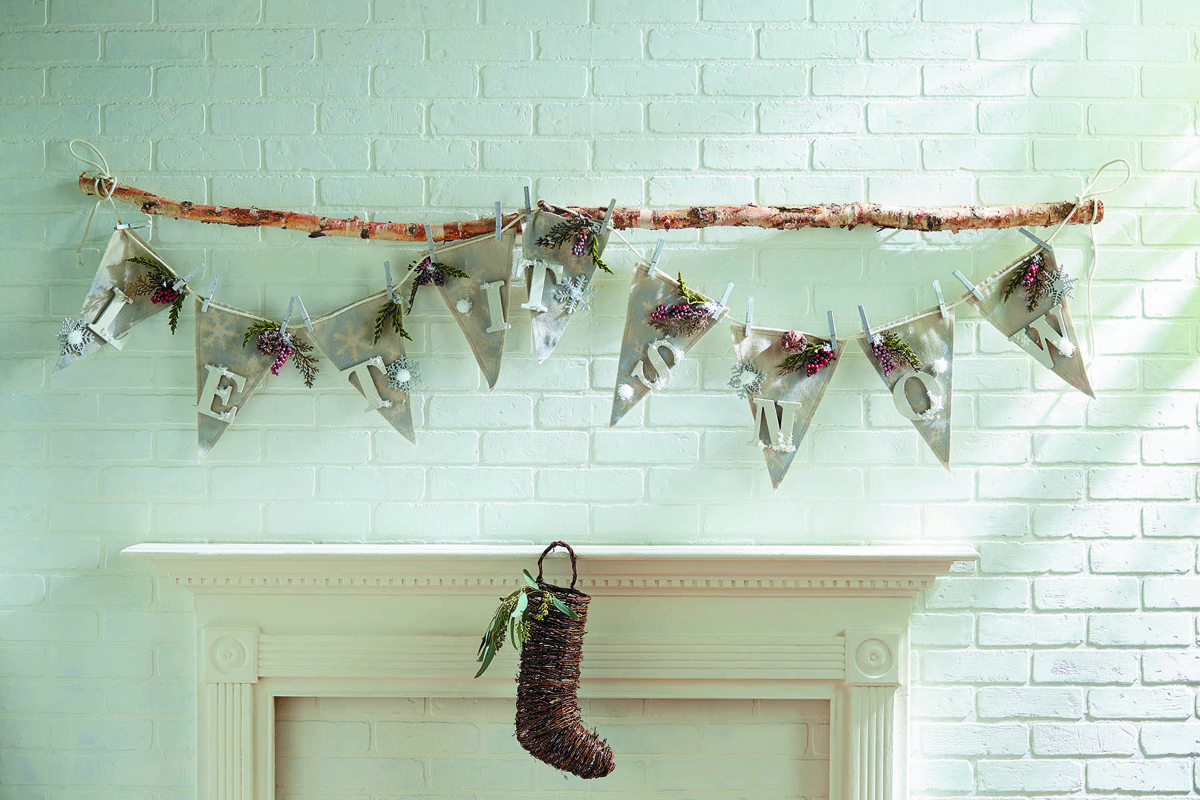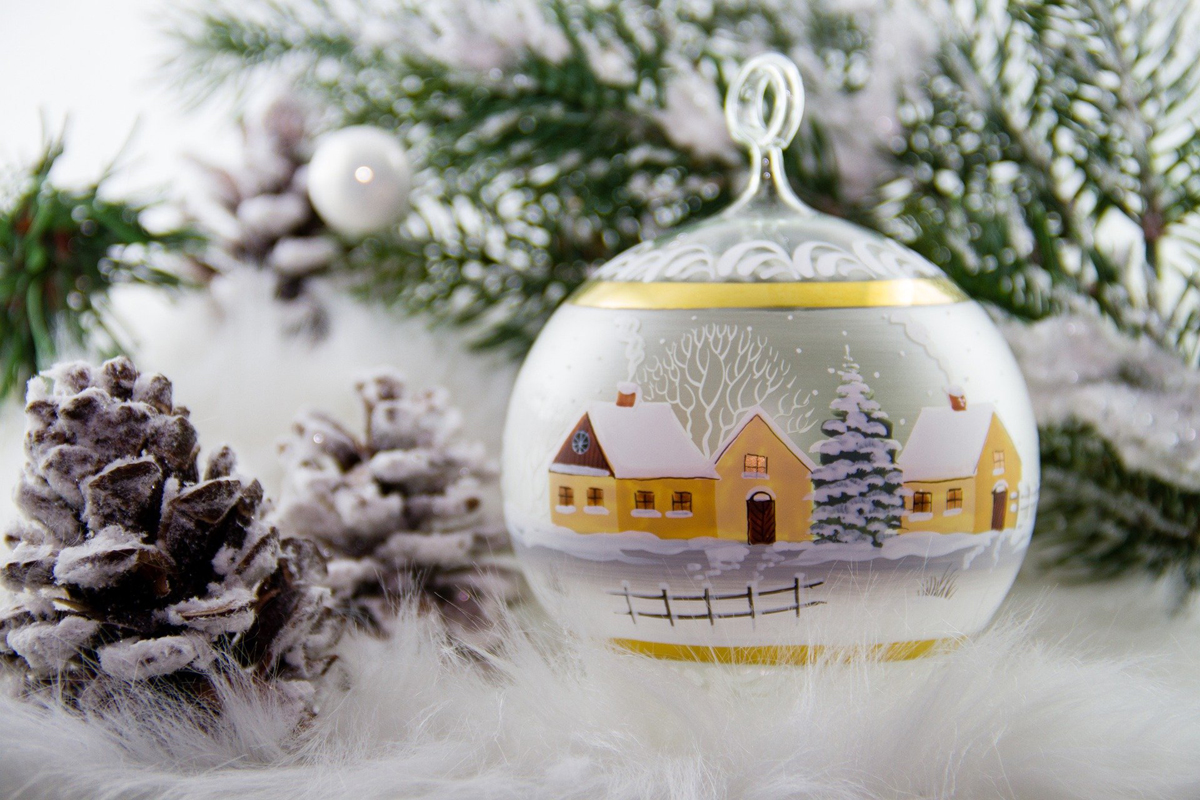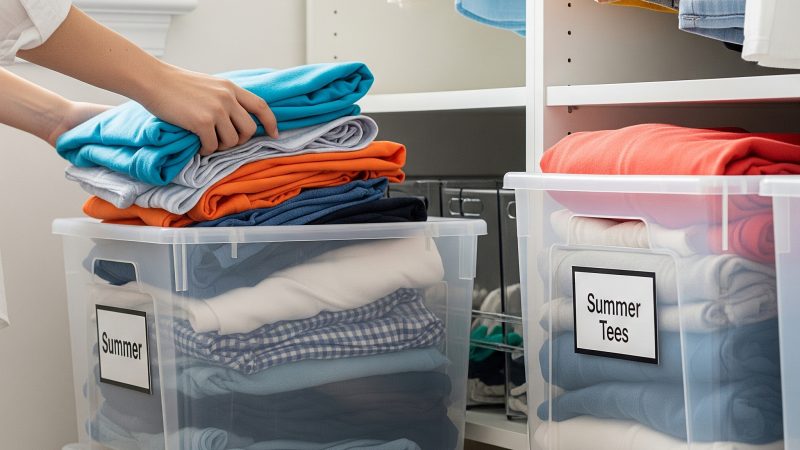A Simpler Time

As we grow older, we tend to get aggravated by the complexities of the world and yearn for simpler times. You suddenly recognize the complications caused by technology, overcrowding, government bureaucracy, and changes in moral values, thereby causing you to fondly think back to less stressful times, particularly in childhood. I happened to mention this to some of my older friends recently who began to reminisce about the simpler times they experienced growing up. Their descriptions make for an interesting tapestry of images:
At home it was not uncommon to have two newspapers delivered daily, a morning paper and another for the evening. Yes, back then people would read habitually as they wanted to know what was going on in the world and, believe it or not, actually trusted the press. You would also listen to the radio routinely and use your imagination. When television came along, there would be just three channels representing the major networks and possibly a fourth channel for a local independent which featured classic monster movies on Saturday nights hosted by such people as the “Cool Ghoul.” Somehow the programming seemed better as we enjoyed the golden age of television which included comedies, dramas (particularly Westerns and detective series), talk shows, soap operas, and variety shows. Only the cream of the crop made it to the television screen, and, No, there were no reality shows. Remote controls were a rarity. If you wanted to change the channel, you had to get out of your chair to do so. Not surprising, you became a devotee of a single network. Instead of cable we strapped bizarre looking antennas to chimneys and grounded them in fear of lightning strikes.
Party phones were common in many households whereby two or more parties shared a line, thereby saving costs. It wasn’t uncommon to pick up the phone and hear your neighbor talking with someone else. If this happened, common courtesy dictated you hang up quietly as opposed to listening in.
Only the very rich had remote controls to open garage doors. Most people had to get out of their car to open the door, or dispatch their children to do so.
If your neighbor needed help, you didn’t think twice to lend a helping hand, be it to shovel snow, cut their grass, run an errand for them, lend your car, deliver a meal, or help any way you could. Everyone instinctively watched out for each other and you could keep the front door unlocked.
Kids kept busy by cutting grass, raking, sweeping, and other chores around the house. For entertainment they would play baseball, fishing, swimming or outdoor games like tag, hide and seek, Red Rover, Dodge Ball, Johnny on the Pony (aka Buck Buck), etc. You also built a lot of forts to hide in and plot skullduggery. In the winter you would skate, sled, make snow forts, and a snowball fight was always imminent. You would also collect and trade baseball cards, shoot marbles, and play with yo-yos, tops, Super Balls, even Hula Hoops. Only if it rained, were you allowed to stay inside. If you were really lucky, you went to a double feature on a Saturday afternoon.
Sundays were used to bring the family together. After church you would go to either the home of your grandparents or that of an aunt or uncle, where you enjoyed a large dinner. You might also go to a nearby park where you could barbecue. Such festivities would be concluded late in the afternoon so people could get home to watch Disney, Lassie, Gunsmoke, Bonanza, or Ed Sullivan.
As to humor, it seemed everyone knew how to tell a joke and, No, they were not always politically correct. Kids told knock-knock jokes and puns. Parents gravitated to burlesque or vaudeville type of jokes. Groucho Marx would make you think, Jack Benny’s “cheap” persona was always good for a laugh, and “Uncle Miltie” and the “Great One” ruled the airwaves in the early days of television.
The focal point of the neighborhood was the corner store where you would purchase items for the household, be it food or sundries. If they didn’t have it, they could order it for you. They were the precursors of today’s convenience stores, only better. Proprietors were well known and respected in the neighborhood. It wasn’t uncommon for customers to stop in simply to chat and gossip about what was going on in the community. Before air conditioning, such stores had ceiling fans to circulate the air, wooden floors, and the front door was screened with a retracting spring to keep it closed. When it swung shut it made a distinctive snapping sound. Old cash registers were behind the counter, built of brass and had brilliant designs etched into them. When a sale was made, a small bell would ring and the cash drawer would pop open. Items purchased at the corner store were often done so “on credit.” The proprietor would keep tab of everything and at the end of the month you were expected to “settle up.” The store smelled heavenly of fresh ground coffee, bead, and there was a pickle barrel with a delicious brine.
For kids, stores offered “penny candy” which was an array of sweets consisting of such delicacies as rock candy, paper strips with dots, root beer barrels, fireballs, licorice, gum drops, pixie sticks, etc. For a mere dime you would have more than enough sweets to satisfy you. Soft drink machines came as horizontal chests, not “uprights”, where you would slide a glass bottle by its neck across an inside track and into the dispenser where you deposited your coins. I never saw a fat kid, probably because we either ran everywhere or rode bicycles which represented freedom. We would drive our bikes for miles, either to school, the store, a fishing spot, a camp site, a baseball field, or wherever. As kids, we would camp out, cook over a camp fire, and cleaned up afterwards. We also carried swimming suits with us in case we found an inviting pond or stream to jump into. A rope swing into the water was heavenly. Occasionally we would experience an accident, but you learned to take your medicine. Crying was natural but if you did so too long, you were a “spazz.”
Many items were delivered to your home. The milk man would deliver glass bottles to galvanized metal boxes by the kitchen door. If they sat there for awhile, you could watch the cream rise to the top. Bread was delivered, as were eggs, butter and cheese. The ice man would deliver large chunks to keep your “ice box” cold (not refrigerator). Coal was delivered through chutes going into the furnace room of your basement. It was normally the responsibility of the children to keep the furnace stoked during winter time. A popcorn man would make the rounds, selling bags for pennies. Ice cream was sold likewise. The fish man would also visit regularly, usually announcing his presence with a cowbell or some other audio attraction. There was also a person to sharpen knives and cutlery. The Fuller Brush man visited your home with a wide variety of brushes for sale, and Avon called frequently. Peddlers also went door-to-door selling medicines, salves, spices, concentrated flavors for cooking, and just about anything else. In other words, the vendors came to the customer, just the antithesis of today. And before trucks, there were pushcarts and horse drawn wagons.
Libraries played an important role in society where reading was stressed. They too traveled to the public in mobile libraries. Children were encouraged by parents to read. Before bedtime parents would read classics to their offspring like “Peter Pan,” “Alice in Wonderland,” “Moby Dick,” and the Dr. Seuss classics. Kids have a natural attraction to story telling, and it was a great way to wind up the day.
To get to school, you either walked, rode a bike, took a bus, or went in a carpool. Walking offered you freedom to take your time, talk to your friend, and investigate every shortcut. Yes, it seemed like we walked for miles, but it wasn’t really that bad. If you took the bus, you could make last minute adjustments to your homework or prep for a test. Taking your bike was the most fun as you were proud to show off your bike and, No, you didn’t have to lock your bike with a chain. In Connecticut, we participated in a carpool where the mothers took turns driving the kids to school and pick them up afterwards.
Most kids took a brown bag to school for lunch which included sandwiches wrapped in wax paper, and some fruit. Lunch boxes were a luxury. During my time, you longed for a lunch box featuring Davy Crockett, the Lone Ranger, or Superman. Inside would be a thermos filled with either hot soup or a cold drink. You paid pennies for milk. Cafeteria lunches were also available, which were both delicious and inexpensive (as cheap as a dime). Personally, I loved the meatloaf the Polish women made at my Chicago Junior High School.
Kids would go to school equipped with a pencil box which included fresh pencils, erasers, a ruler and a sharpener. Before ball point pens there were fountain pens. At your desk was a bottle where you would draw the ink into the pen. This was later replaced by pens with ink cartridges. No matter what you did though, you would somehow find a way to get ink on your shirt pocket. And just about everyone had a box of Crayola crayons.
You would go to school well dressed and properly groomed. Boys wore collared shirts, slacks and street shoes were the norm. T-shirts, blue jeans, shorts, and sneakers were verboten. Girls wore dresses or skirts with blouses. You were sent home if the dress was too short or looked inappropriate. Likewise, hair had to be cut to specific lengths (off the collar), and facial hair was not allowed.
The school day would begin with the pledge of allegiance to the flag and a patriotic song. Some schools also followed this with a nondenominational prayer. To be selected to the school’s Safety Patrol was considered an honor, as well as to raise the flag in the morning and strike the colors at the end of the day.
Classes included reading, writing, and arithmetic, with a lot of penmanship thrown in for good measure. You had to memorize the preambles of the Declaration of Independence and the Constitution, if not more. Both American and World history were stressed, as well as civics. We also took speech classes, Earth Science, and learned the various branches of mathematics, not to mention typing.
In High School you were offered the opportunity to learn new skills in Wood Shop, Metal Shop or Mechanical Drawing. In such shops you built a variety of things, particularly a wide array of book shelves and bird houses. In the drawing class, you learned to master t-squares, compasses, and my personal favorite, the French curve.
Everyone knew not to fight in school as you could expect corporal punishment with a paddle. Instead, if somebody had a beef with another, you arranged to meet off campus and duke it out. At the end of the fight, when both boys were exhausted, they shook hands and consoled each other. Whatever they had been fighting over had been forgotten.
Teachers and parents were allowed to bring home-baked goods to school, such as donuts, pies, and cakes. Nothing was brought in from the store. During Halloween you would receive regular sized candy bars, popcorn balls, and candied apples. There was no such thing as “fun size.” I still remember Mrs. Derdarian’s fabulous caramel apples on a stick.
Time seemed to crawl along at a snail’s pace. You couldn’t wait for the bell to ring to go back outside. Today it seems time moves at a much faster pace and we are required to multitask everything. I wonder if we have forgotten to relax.
There was a genuine respect for the law. When a police officer asked you to move along, you did so as you trusted his judgment. There was no thought of talking back to him. He was your friend and you knew him by name, as he knew yours as well as your parents. He knew who the good kids were, as well as the trouble makers.
In business, you were expected to work hard regardless of your job, and put forth your best effort to produce quality work products, and take on a professional attitude. Instead of working at odds with your co-workers and boss, you tried to get along and work together. As in school, you dressed neatly and bathed regularly. You were charged to use your head and find a way to get the job done. And the customer was always right.
This is not so much about nostalgia as it is about how society seems to have made life more complicated than it needs to be. The world depicted herein is how many of us like to remember yesteryear. As a kid, you learned to innovate, adapt, and be resourceful. You also learned life was full of consequences, for every action there was a reaction. The emphasis back then was to work and play outdoors, be it summer or winter, but the kids today stay indoors hooked to their technology and now possess a sense of entitlement. They cannot possibly relate to the world of yesteryear where you were adventurous and took responsibility for your actions. Government at all levels has evolved into an incredible bureaucracy with a mind-boggling number of laws, rules and regulations aimed at stifling business and frustrating ambition. And our morality has shifted to the point where a person’s word is no longer their bond and we are suspicious of the motives of others.
So, were things really simpler in the good old days? Our predecessors probably asked the same question years ago. With every new technology comes another level of complexity which youth can more readily adapt to than their elders. Although technology may simplify some things, it complicates others. While today’s computers and smart phones have enhanced communications and expedited administrative tasks, people have developed an addiction which seems to have altered their personalities, interpersonal relationships and priorities. There is even a lack of concern regarding current events, and our youth has no interest in news.
As we grow older the differences between then and now becomes more apparent, but it is too late to change it back, you must go forward. I have also learned you do not truly appreciate the simplicity of the past until you’ve survived into the future. If you have no knowledge of the past, you have nothing to compare the present to and no appreciation of simpler times. To today’s youth, these are the good old days. Anything before is lost on them. They may be proficient in social media and computer games, but they will never appreciate the sheer joy of capturing a firefly, whittling, building a campfire, reading a book, or running a “pickle.” It’s the little things that make life enjoyable, not its complexities. The older generation may not be as proficient in the use of technology, but they didn’t suffer from all of today’s anxieties, allergies, obsessions and disorders either. Back then, there was no such thing as OCD, PTSD, BDD, bulimia, or Prozac. Instead, we had such things as Scouting, 4H, dime stores, Tarzan, J.C. Higgins, Louisville Sluggers, the YMCA, and God.
The Author
Tim Bryce is a writer and management consultant located in Palm Harbor, Florida. http://www.timbryce.com
Copyright © 2013 by Tim Bryce. All rights reserved.
Photo. Sarah Richter








